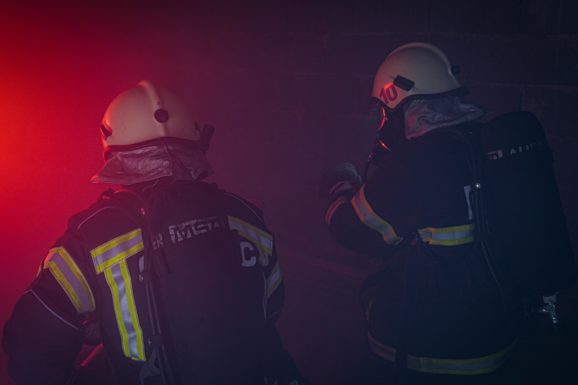It has been a month since Champlain Towers collapsed in Surfside, Florida. Since then, the rescue objective has morphed into a recovery mission. Sifting through rubble is difficult and often, perilous work.
How can we minimize the danger for those responsible for recovery? The answer may lie with search and rescue robots. From water rescue machines to site mapping drones, unmanned technology can help public safety departments understand their missions and bring families a sense of closure.
The Conversation recently interviewed Robin Murphy, Vice President of the Center for Robot Assisted Search and Rescue (CRASAR), on the technologies available to the teams on the ground in Surfside.
CRASAR is a non-profit organization conducting research and educational initiatives on the use of robotics in emergencies. Murphy said that one of the major pitfalls in the robotic search and rescue field is the expense.
“There’s no real funding for these types of ground robots. So there’s no economic incentive to develop robots for building collapses, which are very rare, thank goodness. And the public safety agencies can’t afford them. They typically cost US$50,000 to $150,000 versus as little as $1,000 for an aerial drone. So the cost-benefit doesn’t seem to be there.”
While Murphy makes the point that disasters of this nature are rare, there is an opportunity to create valuable public-private partnerships to reduce the cost of this critical technology.
One of the highest-profile robotics developers in the United States is Boston Dynamics. Because of their lifelike movements, BD’s robots have become social media sensations with Spot, the robo-dog, meeting K-Pop band BTS earlier this month. According to a 2019 BuiltIn article, BD’s Atlas robot was a top competitor at the DARPA Robotics Challenge.
Backflips and cartwheels may not be helpful during rescue missions, but according to BuiltIn, Atlas can use that same agility to flip switches and open and close doors. Moreover, many of Atlas’s parts are 3-D printed, reducing weight and potentially reducing cost as well.
Lowering costs will make this technology more accessible to governments around the world in the unfortunate event that another disaster, similar to the one near Miami, happens again.
You can learn more about CRASAR’s work at their website. To read about more rescue robots, check out the other 11 devices featured in BuiltIn’s article.
